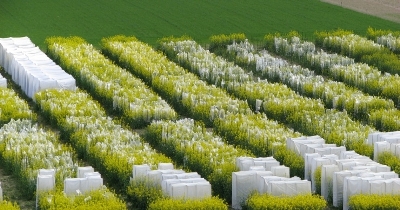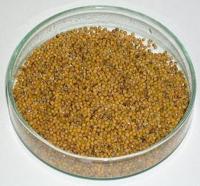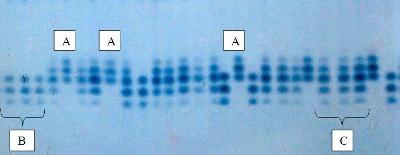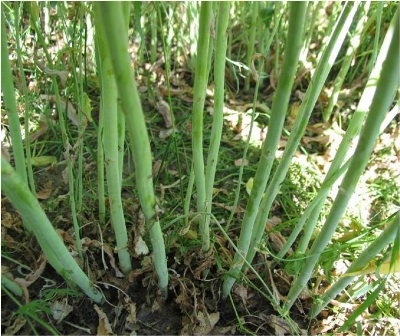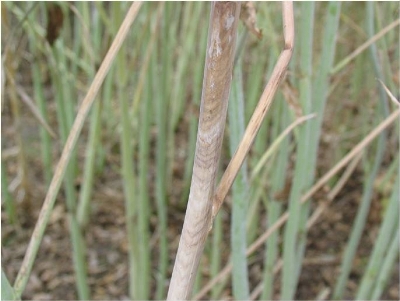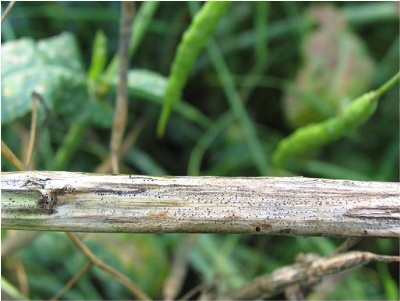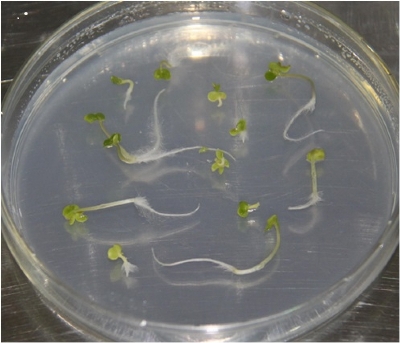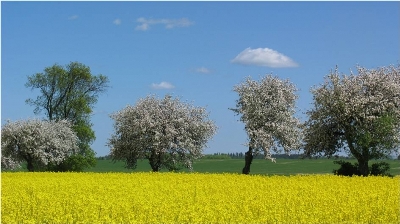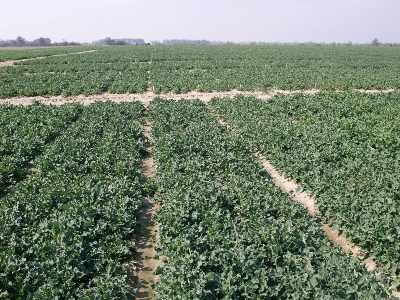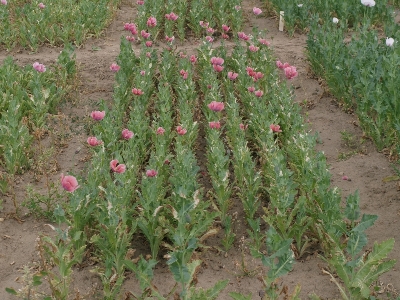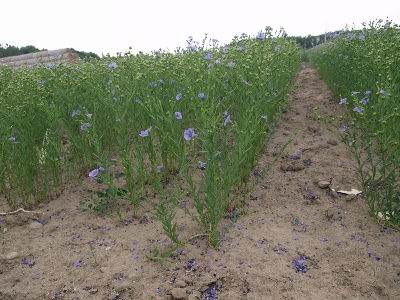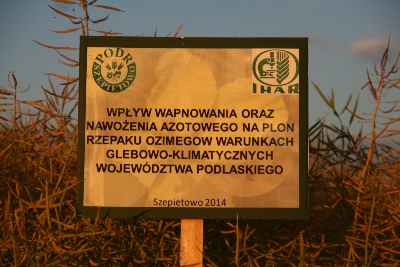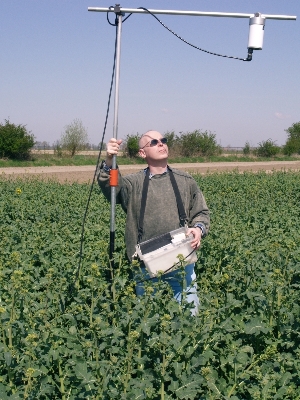Genetics and Breeding Team
Staff
- Team leader: Dr. Stanisław Spasibionek, Ph.D.
- Dr. Alina Liersch, Ph.D.
- Dr. Marek Wójtowicz, Ph.D.
- Dr. Elżbieta Starzycka-Korbas, Ph.D.
- Magdalena Walkowiak, M.Sc.
Research areas
- Analysis of genetic control of important quality traits of oilseed crops.
- Differentiation of fatty acid composition in seeds of double low winter oilseed rape using recombination and mutagenesis methods.
C18:1 [%] C18:2 [%] C18:3 [%] Unmutated form „00” 64,1 18,2 10,4 Mutant 10453, Type HO 76,1 8,7 7,2 Mutant 10464, Type HO 76,6 8,8 7,4 Mutant M681, Type LL 61,0 27,5 2,8 Mutants seeds with high oleic acid content (C18:1) and reduced linolenic acid content (C18:3)
in the seed oil -
Development of pre-breeding materials for winter oilseed rape breeding with improved quality traits:
- extremely low glucosinolate content,
- different fatty acid composition in seeds,
- improved winter hardiness,
- low fibre content in yellow seeded winter rapeseed.
- Analysis of genetic diversity and its relation to heterosis in oilseed rape.
- Analysis of restorer lines for gene-cytoplasmic male sterile ogura type in winter oilseed rape.
- Development of pre-breeding material for oilseed rape hybrid varieties breeding using cytoplasmic male sterility CMS ogura gene.
- Studies on coexistence of different varieties of winter oilseed rape.
- Widening genetic variation of white mustard to obtain high-yield varieties with different qualitative traits.
- Inheritance of fat and fatty acids composition studies in linseed.
- Crop improvement to obtain a poppy with different alkaloid content.
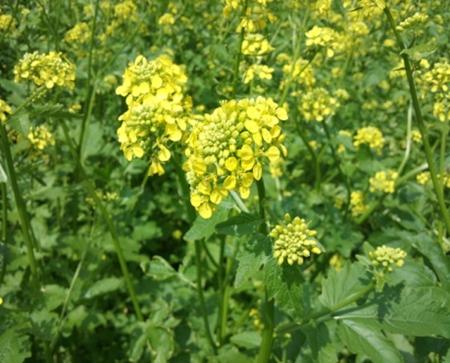
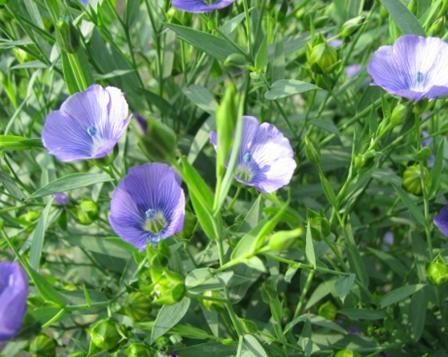
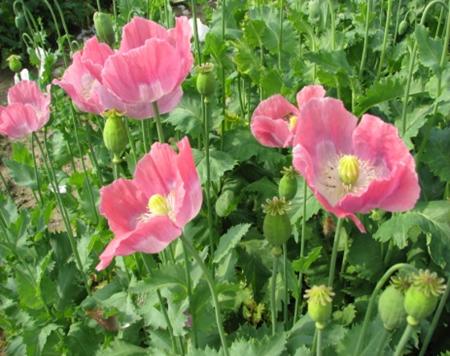
- Identification of resistance sources to Leptosphaeria spp. and Sclerotinia sclerotiorum (Lib.) de Bary in winter oilseed rape Brassica napus L.
- Interspecific crosses to introduce different disease resistance to winter oilseed rape.
- The analysis of intervarietal hybrids for resistance to diseases.
- Improvement of testing methods used for estimation of oilseed rape resistance to diseases under laboratory and field conditions.
- Selection of oilseed rape breeding material for resistance to pathogens.
- Pathogen biology studies.
- Improvement of winter oilseed rape and spring crops production technology (optimization of fertilization, pest control, improving the resistance to pod shattering to reduce losses during harvest).
- Development of efficient and safe for environment technologies of oilseed crop production for non-food purposes.
- Evaluation of of new oilseed crop genotypes for resistance to biotic and abiotic stresses.
- Implementation of new varieties into production.
- The use of spectral measurements to assess yield and the development of oilseed crops.
- Improving ways to transfer research results for advisors and breeders by organising workshops, trainings and publishing.
- Economic analysis for the assessment of selected components and whole cultivation technologies of oilseed crops.
- Co-operation with oil industry, the provincial agricultural advisory centres and agricultural research institutes.

